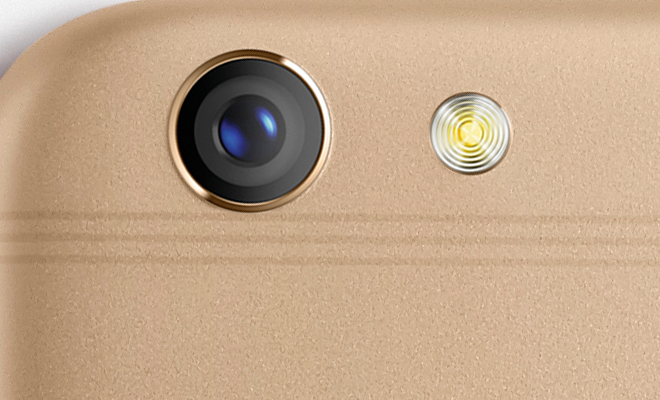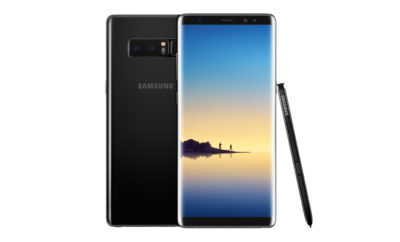
The Gen XY Lifestyle
The Best Camera is the One You Have on Hand
Smartphone cameras are quite a marvel these days.
By now you would be well familiar with the ubiquitous iPhone 7 Plus and its portrait and zoom features. But it’s not our only option because many phones now are also becoming near-complete replacements for compact cameras. They can’t do everything, of course, so manufacturers focus on one or two key aspects. Here are some examples of the options you can look at.
LG V20
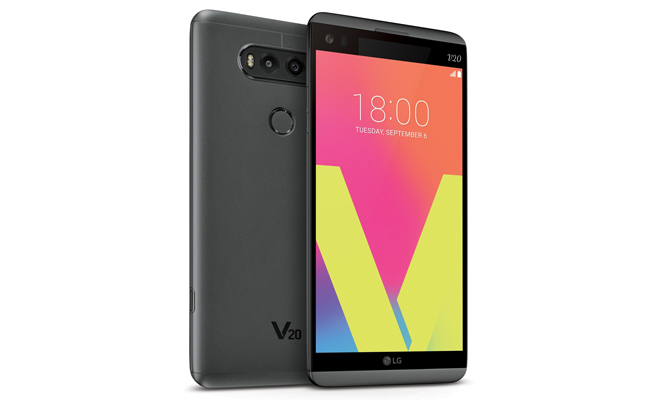
LG’s flagship phone is an excellent all-round phone. You are assured of a quality display, a top-tier processor, and – a feature that’s not so common – a high-quality, audio quad DAC enabling you to play the latest high-resolution audio tracks. It also features dedicated dual SIM slots and an expandable microSD card slot, which is great for frequent travellers content storage. It is not water resistant, but you can easily replace batteries – no need to carry big power banks, spares are much smaller. The addition of a second screen that enables shortcuts and status notifications is a nice touch but isn’t a life-changing feature. That being said, this is as good as it gets.
The V20 has a second rear camera and LG opted for a wide angle option, which is very useful if you travel a lot or if you enjoy taking pics of scenery. If you are near your subject, the distortion from the lens is rather drastic, but not to worry; that’s just the nature of the lens. It is less prominent when you are snapping photos of landscapes where you are a considerable distance from your subject. The photos are vibrant and rich in detail and are no doubt have the most mass appeal. The auto mode is not the most reliable, however, and you get best results using manual mode – don’t worry about it being difficult, and think of it as adjusting the sliders to taste.
Huawei Mate 9
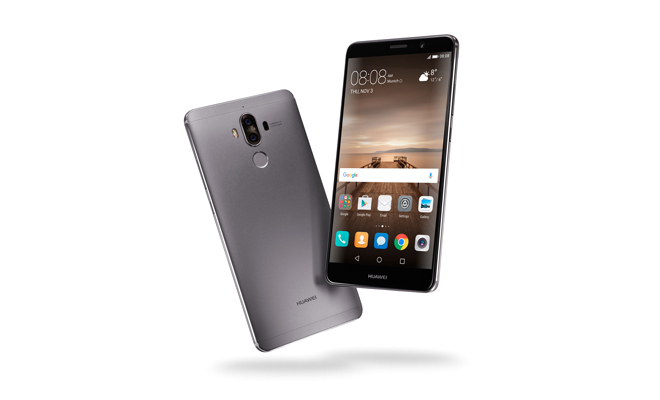
The Mate 9 offers an exquisite design, top-tier performance, and at a price that is very attractive for a top shelf model. It does so by scaling down the frills, and by focusing on the essentials: a flagship-class processor for lag-free performance, pristine construction and materials for a luxe feel, and a quality standout feature in the form of a Leica co-designed camera. The 5.9-inch display borders on being not high resolution enough, but you only get a sense of it when nitpicking with other phones alongside it. It has some weight, which gives it a premium feel, though some may rather it be lighter. But for sure, the Mate 9 makes you feel like you’ve gotten your money’s worth.
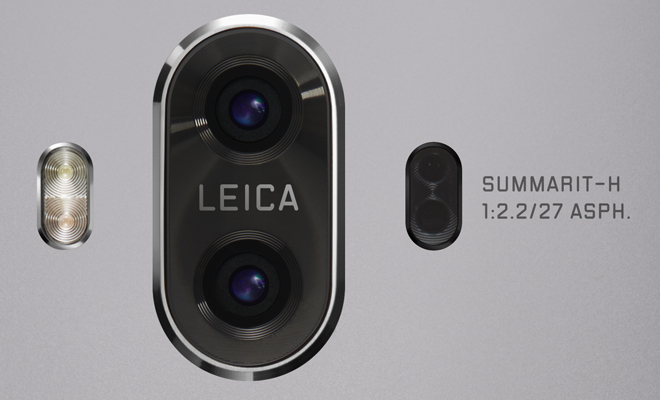
Huawei’s approach to the second lens is unusual but it will appeal to photographers. The obvious Leica association aside, the secondary monochrome camera lets you take very detailed black and white photos, while a clever algorithm uses it to add detail to regular photos. The colours are very natural, which may or may not appeal to you – many people like the colours on their photos to be punchy. If you aren’t really a photographer, the P9 camera comes across as a very competent point and shoot camera. If you are a photographer, you’ll appreciate the additional onboard features tremendously.
Oppo R9s
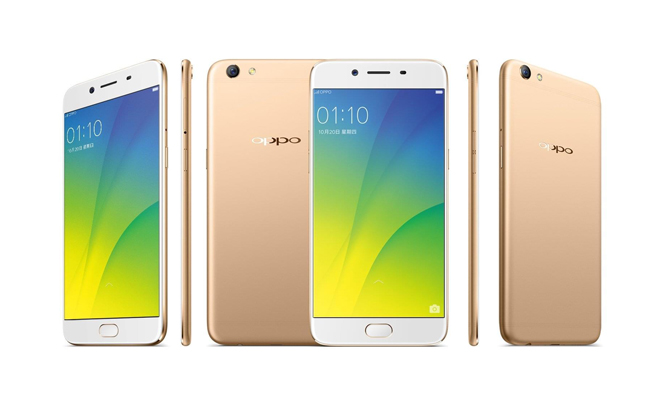
Unlike the above two, which are more ‘traditional’ in what they offer, Oppo’s R9s is one sparkling example of a new wave of phones – they sport mid-tier internals while maintaining premium features where you come into contact most: the body, screen, fingerprint scanner, fast charging feature, etc. Save for the most demanding users that run multiple apps that require a lot of processing power and resources, these new-age mid-tier phones delivers more than anyone would ever need. At the same time, the phone has been immaculately finished, with plenty of effort in ensuring that it looks exquisite from every angle, right down to the fine antenna lines that accent the body.
The Oppo may not have a dual lens setup but its choice of dual 16-megapixel cameras front and back means it is designed for a certain lifestyle; namely ‘selfies’ or ‘wefies’ – the self-taken group photo. Traditionally, front-facing cameras are usually not as good as their rear-mounted counterparts. But with the prevalence of its use, the technology has improved tremendously to deliver excellent self-portraits – both cameras are equally important and equally as good, albeit for different purposes.
Comparison shots
While not a critical comparison, we thought it might be useful that you have a general feel of what the cameras are capable of and how they perform in general. These aren’t the best pictures you can take with these cameras (using a proper setup and protocol etc), but rather an example of what you can do with only a slight tweak if necessary.
Bayfront (Day)
- LG V20
- Oppo R9s
- Huawei Mate 9
The Mate 9 has the most natural looking colours here, and the details are pretty good. The R9 and V20 both have a slight saturation in colour that makes the picture bustle.
Dragon (Day)
- LG V20
- Oppo R9s
- Huawei Mate 9
Another picture where we get to see how natural the Mate 9’s pictures are by default. The V20 and R9s pictures look a little boosted, and the V20 comes really close to the Mate 9 in terms of sharpness and it’s interesting to see how differently they handle detail. Bridge
Bridge (Night)
- LG V20
- Oppo R9s
- Huawei Mate 9
The V20 is the most impressive of the lot, offering a good balance in terms of treatment of noise vs detail. The Mate 9 is still able to keep in some degree of detail but most should find that the ‘boosted’ V20 lets you see a little more. The R9 does fine although it is not particularly outstanding under these circumstances.
Waterfront (Night)
- LG V20
- Oppo R9s
- Huawei Mate 9
Once again the Mate 9 seems more intent on preserving detail and you need more work to brighten up the picture. The V20 is more dynamic and it’s much easier to get a vibrant picture at night. The R9 does a fair job as usual under difficult conditions.
VCH (Night)
- LG V20
- Oppo R9s
- Huawei Mate 9
The V20 once again demonstrates its ability to make the darkest pictures look bright, although in this case the colour is a little warm and the picture is a little overexposed – the V20 is best used in manual mode. The R9 and Mate 9 perform as expected like in the other examples.
Macro (well-lit)
- LG V20
- Oppo R9s
- Huawei Mate 9
The Mate 9’s competence with detail comes through a little clearer here over the V20, which is still decent. The R9s falls slightly behind but it has to be said it’s been doing quite OK in all the tests.
Specialty
- LG V20 (wide angle + HDR)
- Oppo R9s (front selfie)
- Huawei Mate 9 (monochrome)
The Mate 9’s monochrome mode will be a hit for B&W fans, with decent contrast and good detail. The V20’s wide angle lens is best for scenic shots, as the distortion is not as bad at that distance. Here, HDR is used for impact. The R9s gives you quality ‘selfies’ and ‘wefies’ with uncompromising quality – often, the front camera is not as good as the rear camera. If you use a selfie stick often for family pictures, the R9s is pretty handy.
Summary
If you don’t mind a little twiddling, the Mate 9 and V20 are good examples of camera phones that offer plenty of image quality and control in a smartphone format. Aside from phone specs and camera UI, the two differ slightly in terms of approach. The R9s offers convenience and quality at a mid-tier price.
The Mate 9 likes to keep things natural while the V20 always aims for vibrancy. The only downside, for the V20 at least is that the auto mode is somewhat flaky and doesn’t always get you the best results without some minor adjustments. But that’s where the R9s comes in. It may not best the other two with It does a fair job and is relatively easy to use, and both front and back cameras are decent.
Upcoming Camera Phones to Look Out for
 Asus ZenFone 3 Zoom
Asus ZenFone 3 Zoom
Apple’s iPhone 7 is not the only smartphone that has a fixed optical zoom and can do a true portrait mode – Asus’ ZenFone 3 Zoom will have a similar setup, and with its affordable price, will be a true viable alternative if you don’t feel comfortable splashing out that much cash for the camera features.
 Huawei P10 Plus
Huawei P10 Plus
If you liked what you’ve seen about the Mate 9 you might want to have a look at the new Huawei’s P10 Plus. It is similar to the P9 and Mate 9 in terms of how the cameras are configured. But the P10 Plus also sports a new Summilux lens, which Leica fans and users will know, is the high-end family of lenses for the brand.
 LG G6
LG G6
The G6 is LG’s latest high-end phone and it features the same secondary wide-angle lens as seen in the V20. It is also a relatively ‘stripped down’ phone compared to its previous efforts – and the V20 as well – and LG is clearly consolidating their attention onto making the essentials work well.
Check out the latest high-end smartphones with excellent cameras here.


